Decision Support Tools Assessment - Analysis and Solutions Report
VerifiedAdded on 2020/03/23
|17
|906
|342
Homework Assignment
AI Summary
This document presents a detailed analysis and solutions for a Decision Support Tools assessment. The assignment covers various aspects of business decision-making, including investment strategies using optimist, pessimist, and regret criteria, as well as the computation of expected monetary values. It also includes profit calculations for a business, prior probability revision, and the application of Monte Carlo simulation for determining average monthly profit. Furthermore, the assessment involves the application of the high-low method for overhead cost computation, regression analysis, and break-even point analysis. The document provides step-by-step solutions, calculations, and interpretations to guide students through the complexities of decision support tools in a business context. References are also provided for further reading and understanding of the concepts discussed.
1 out of 17
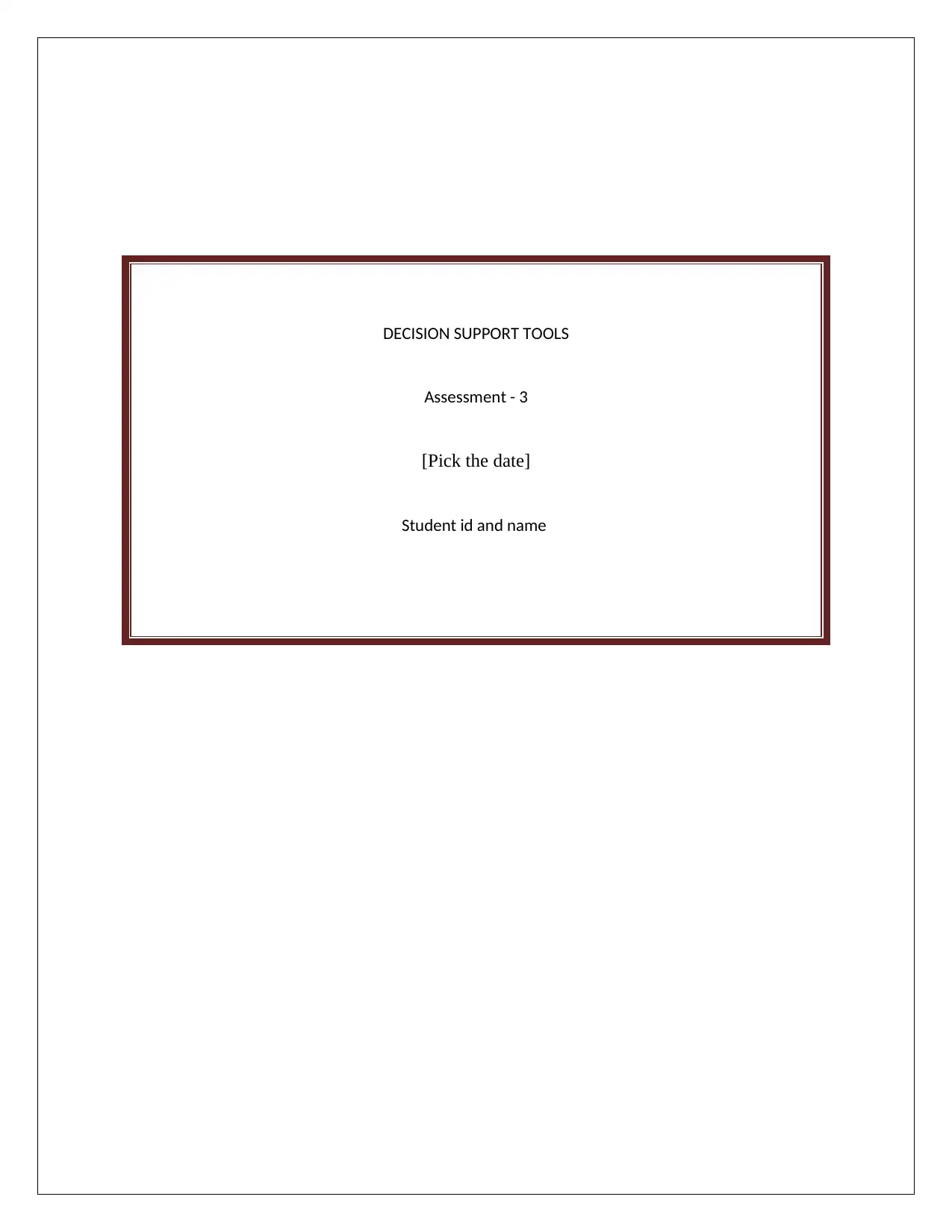
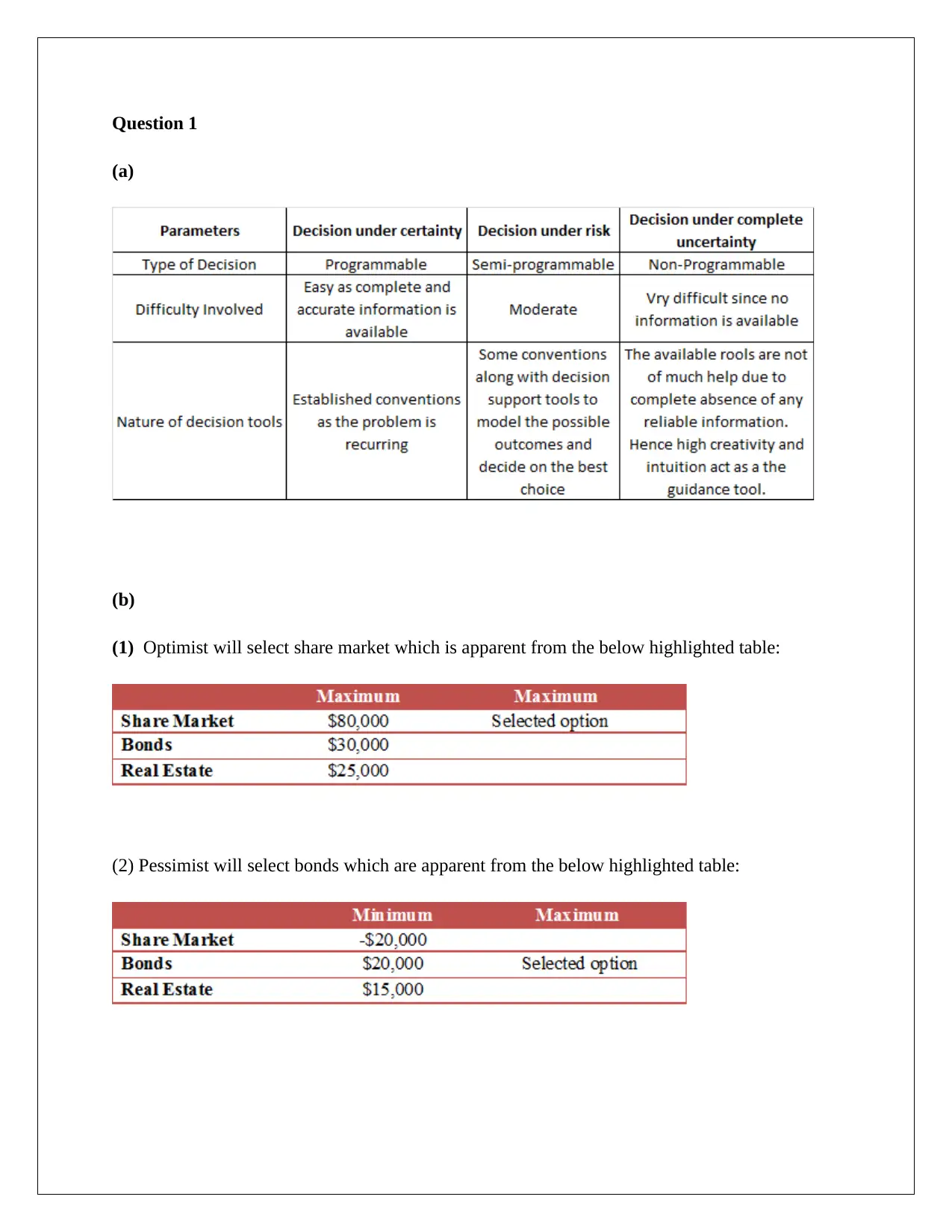
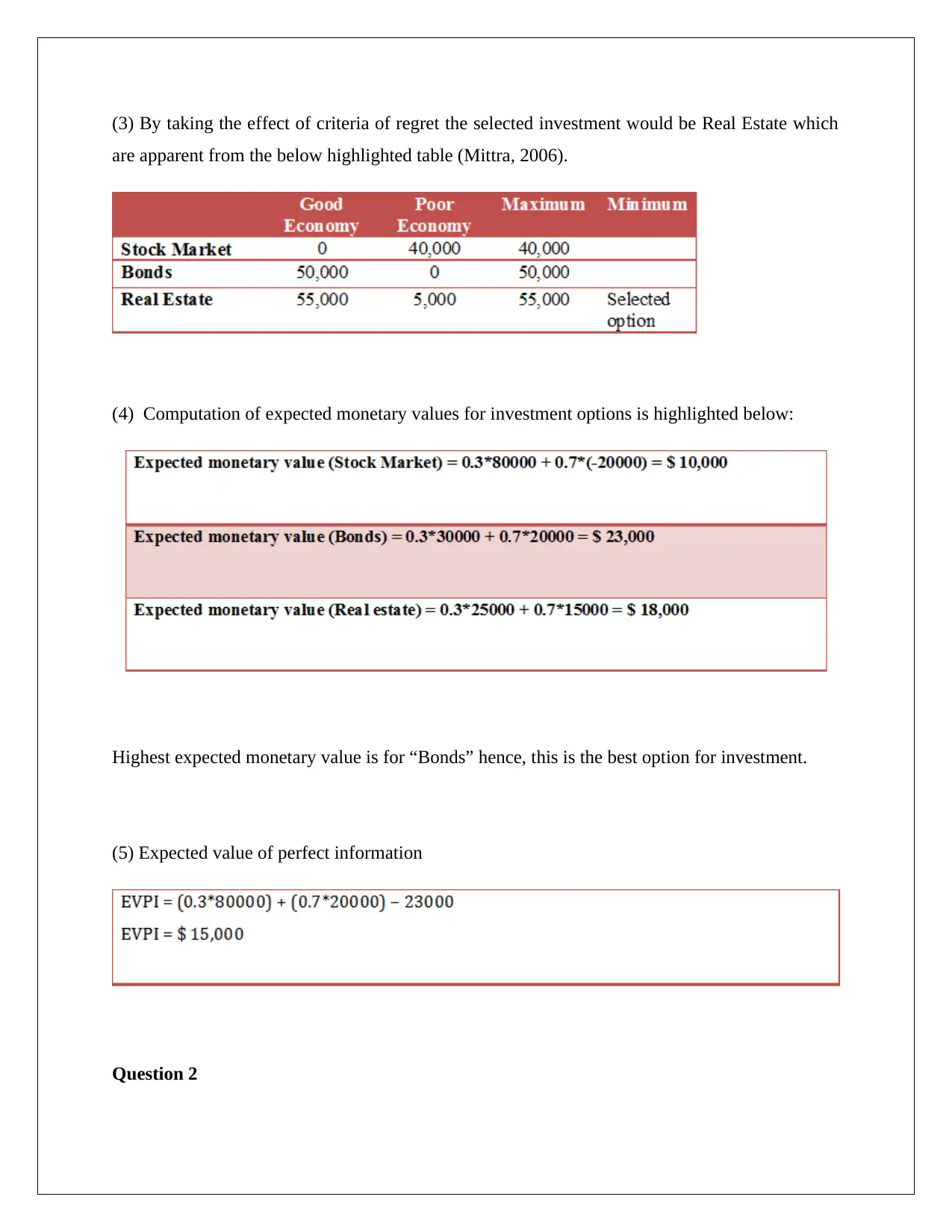

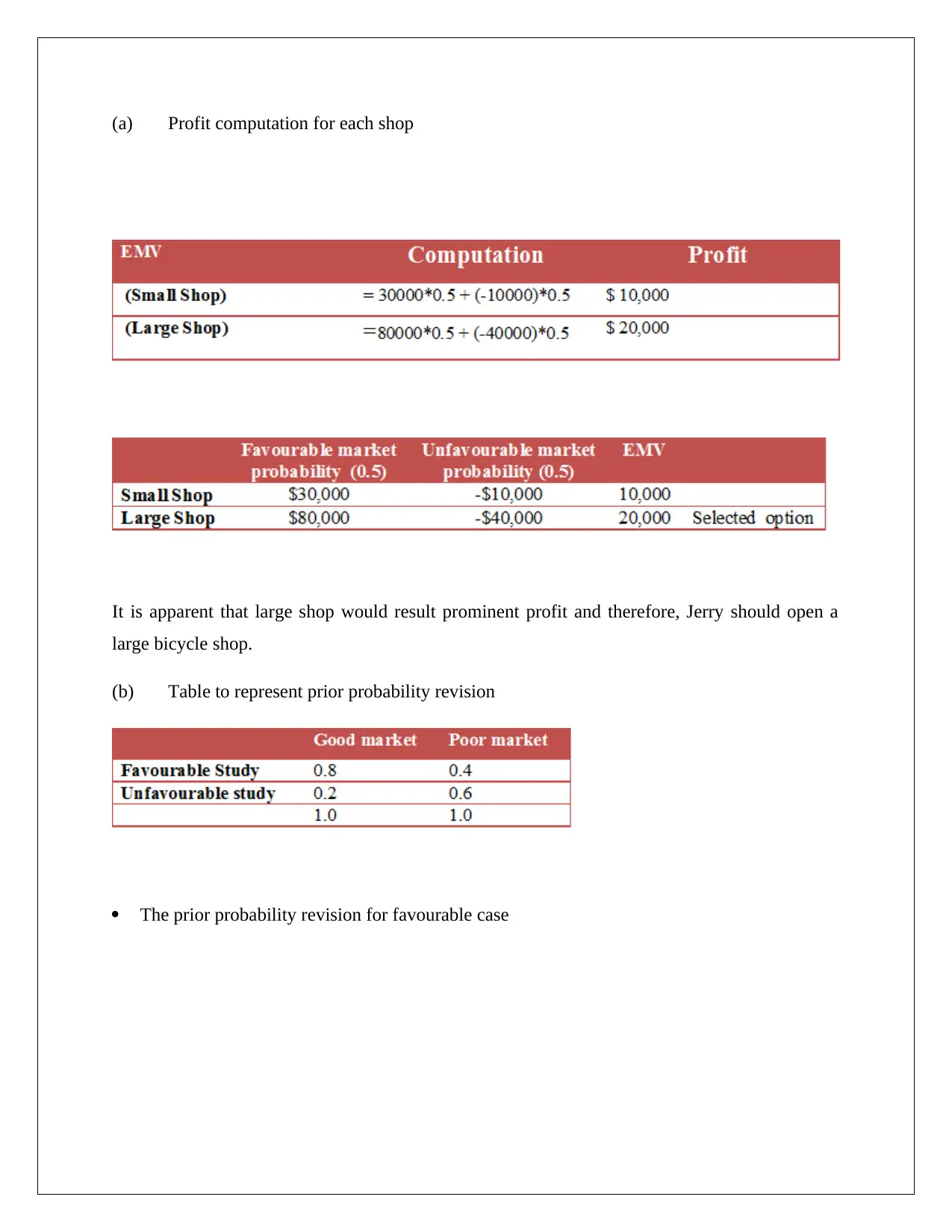
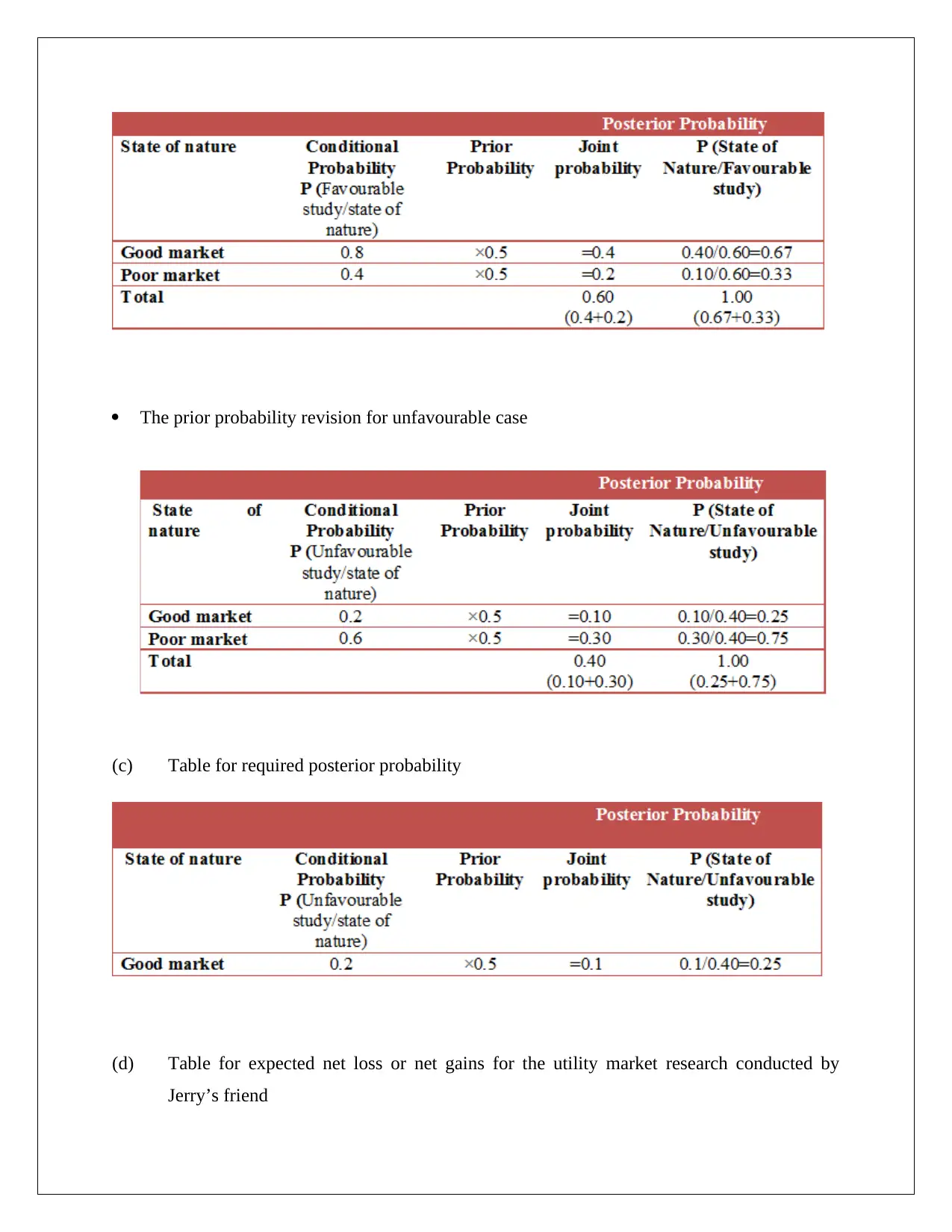
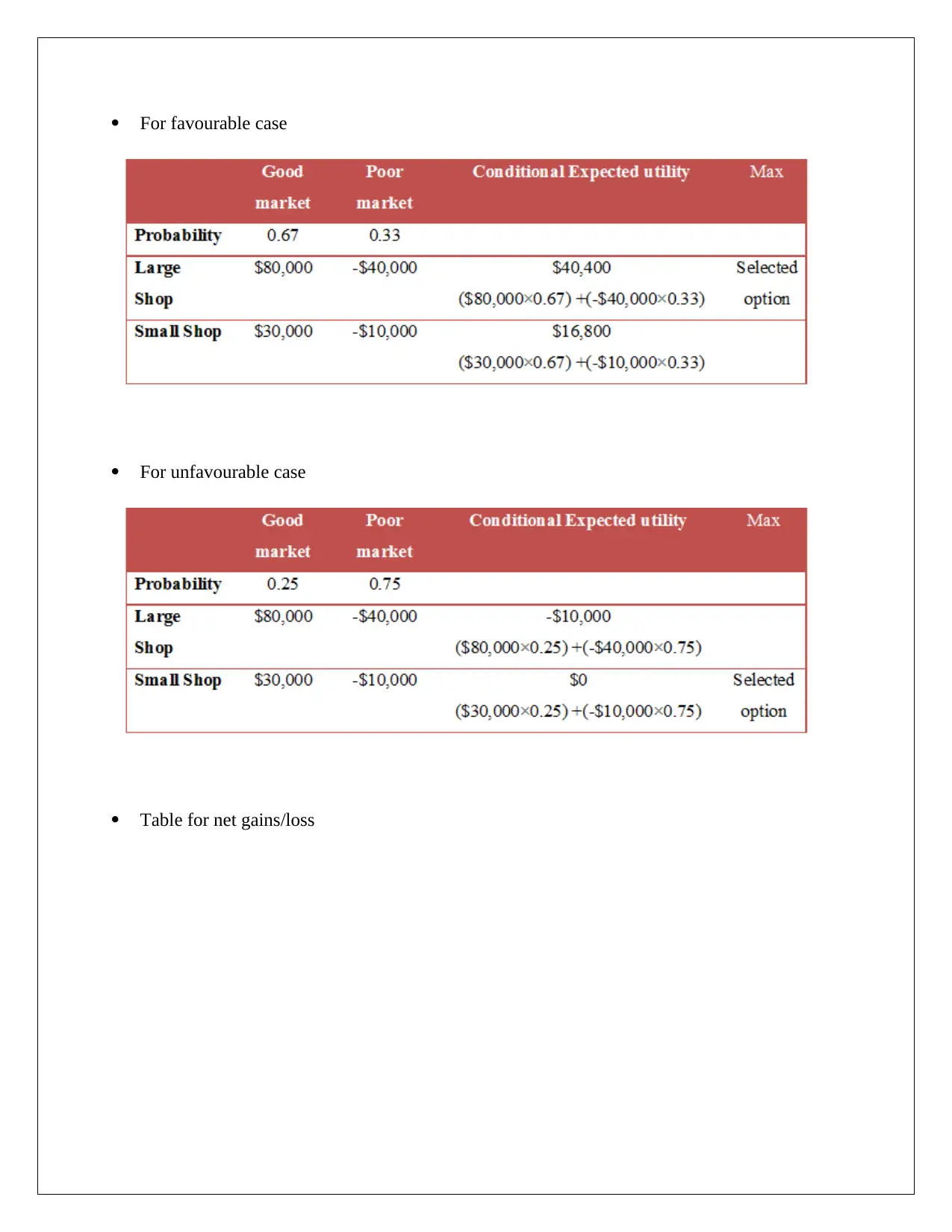
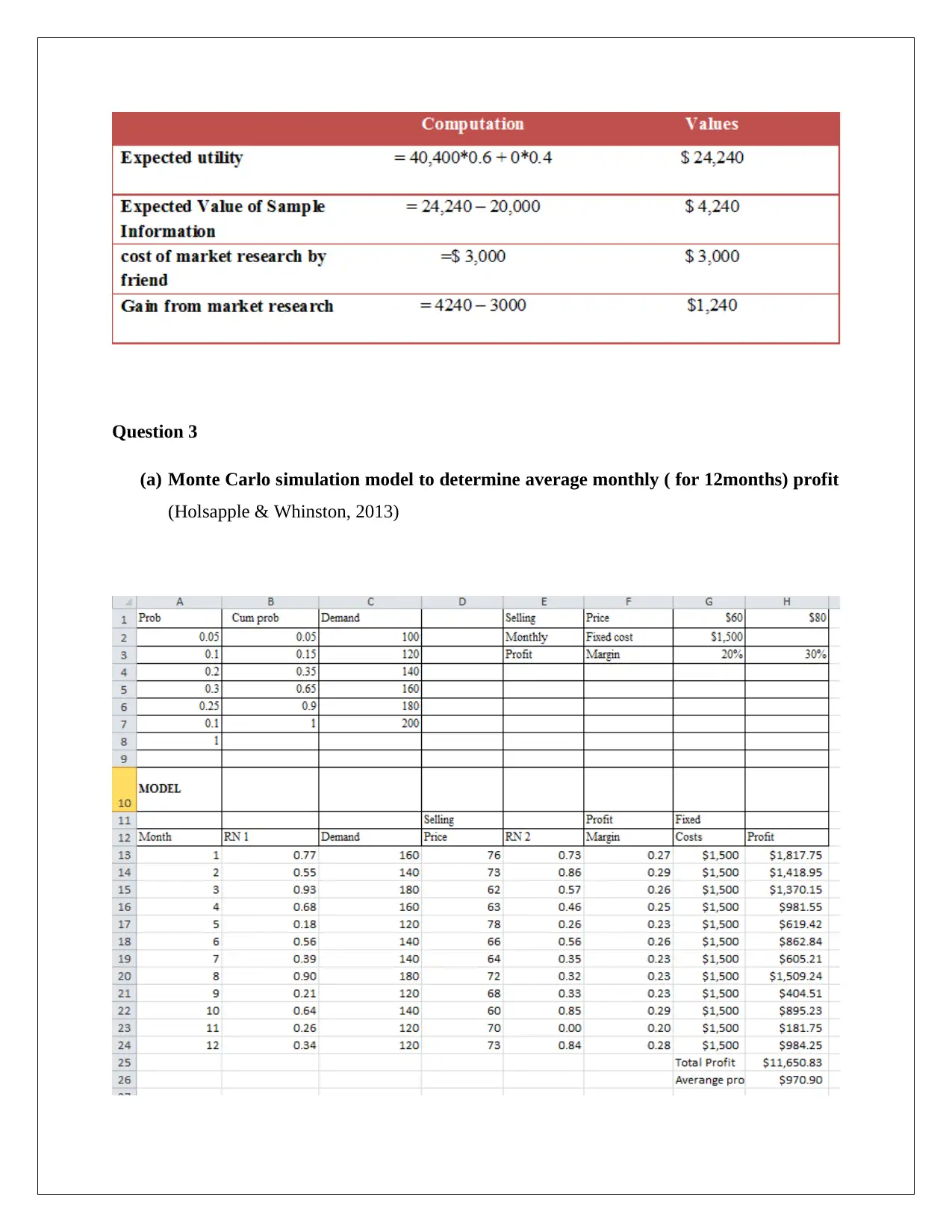
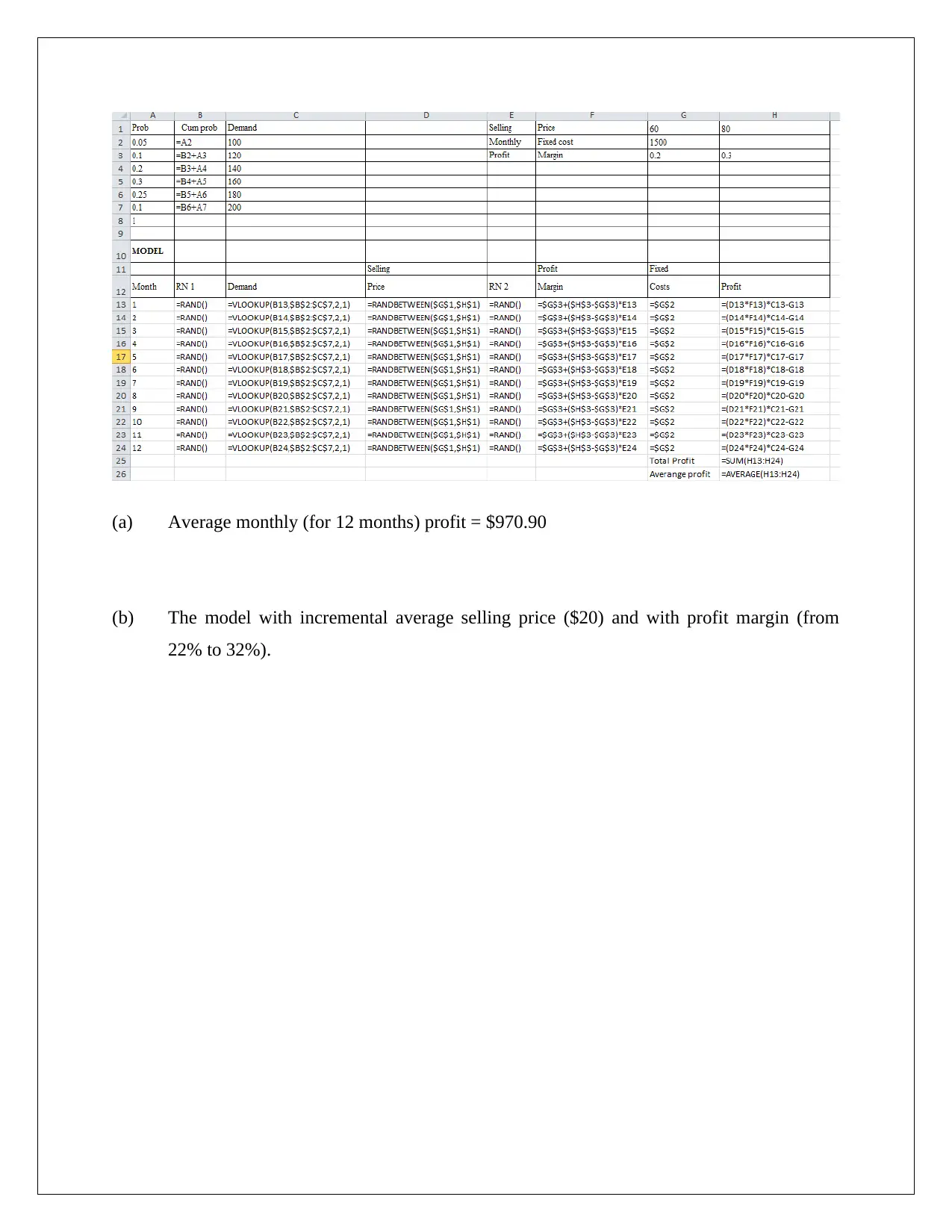
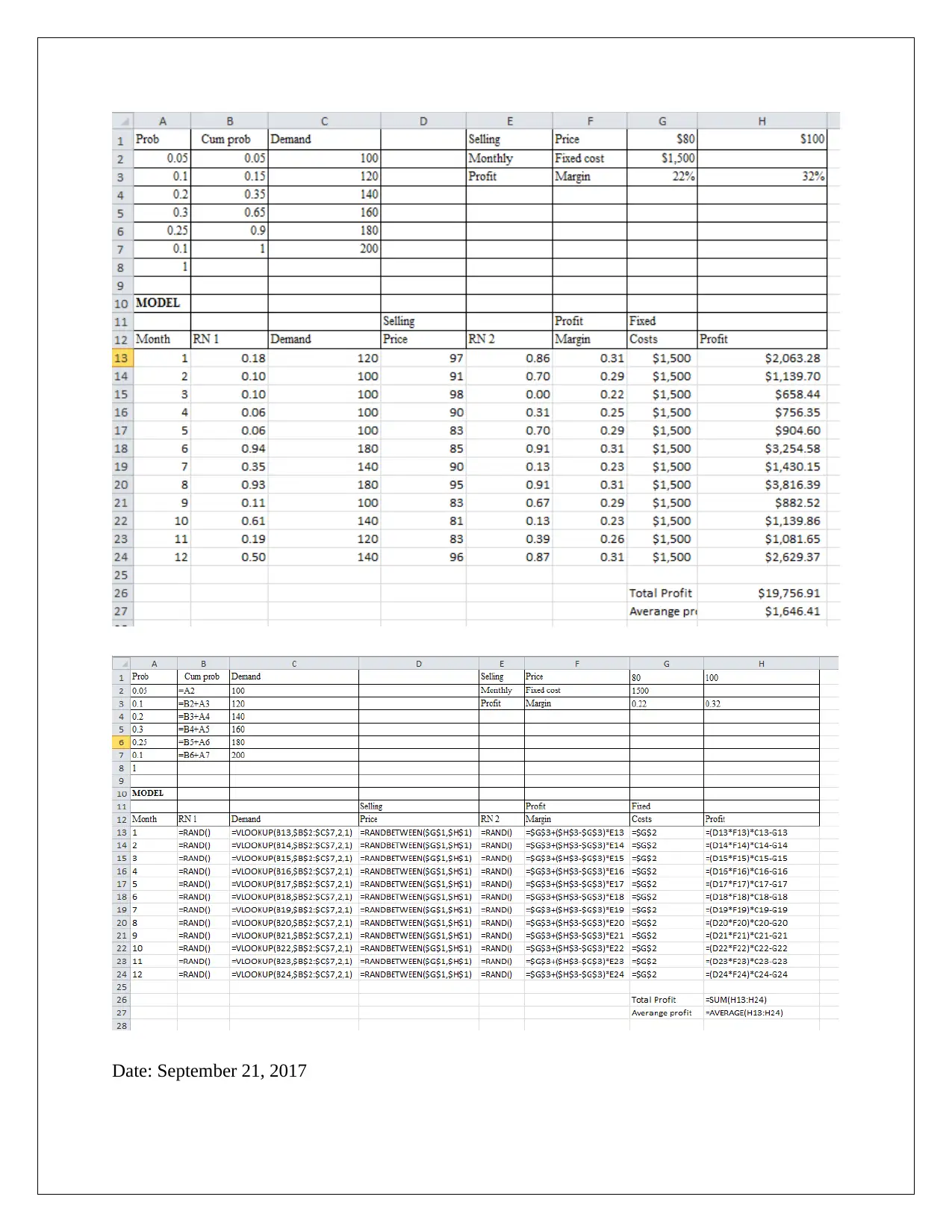
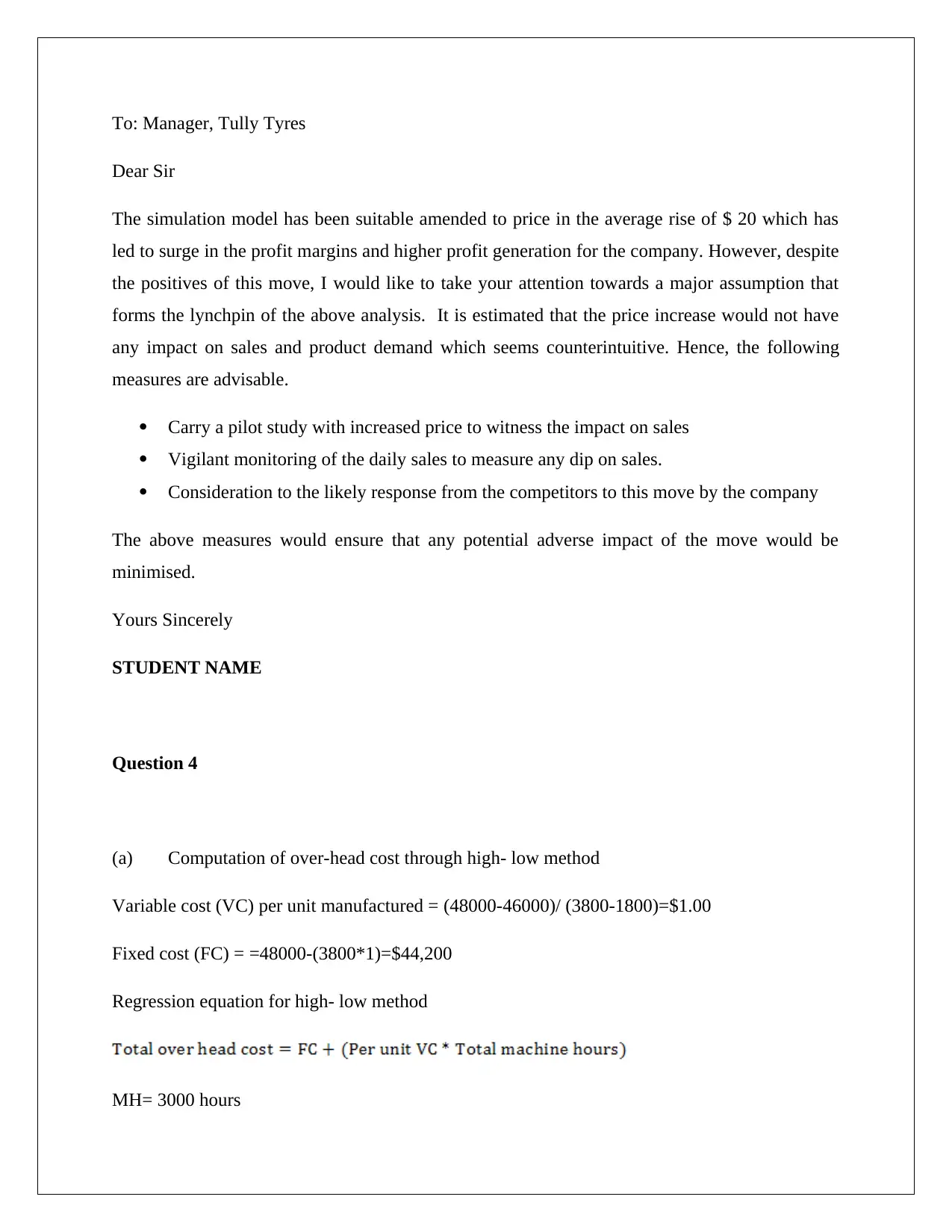
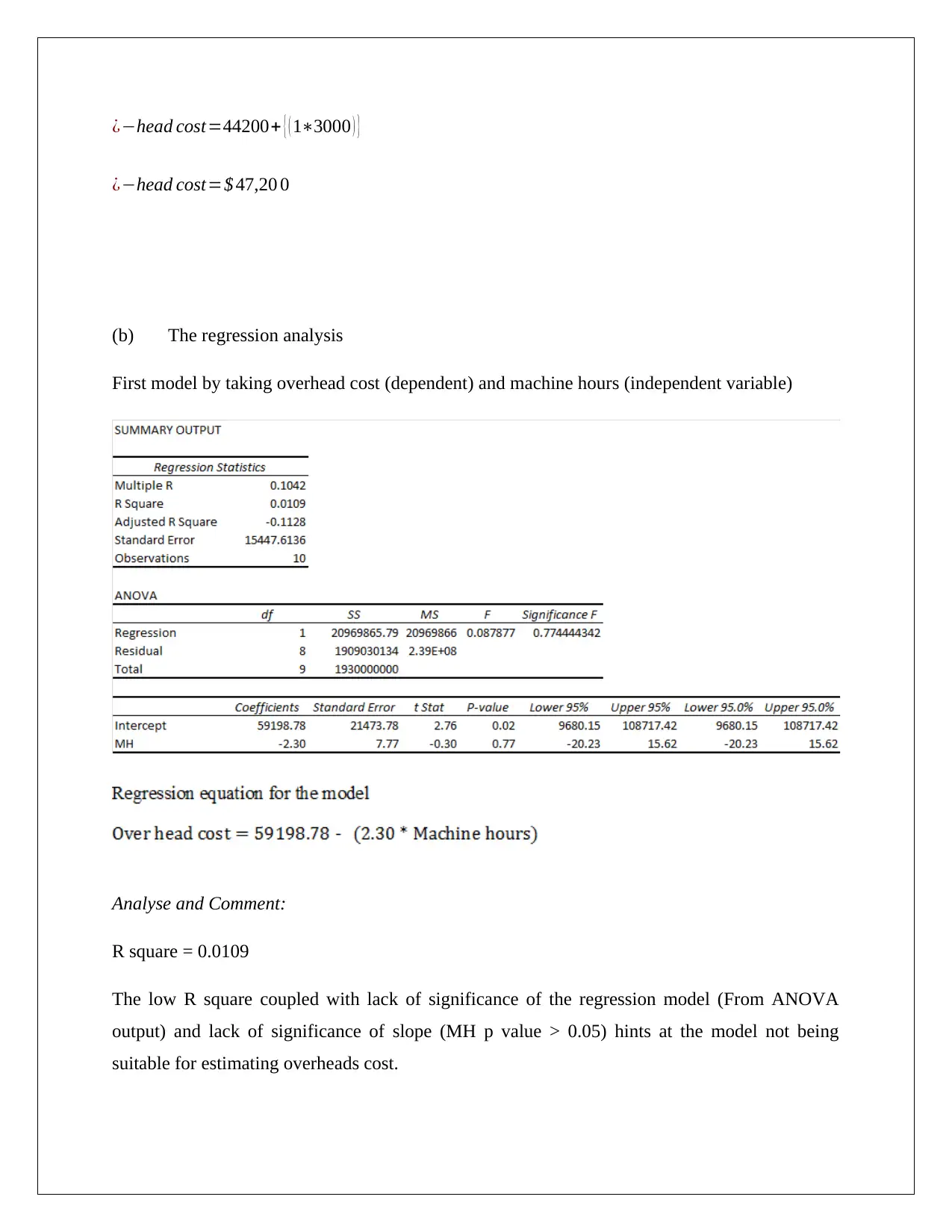
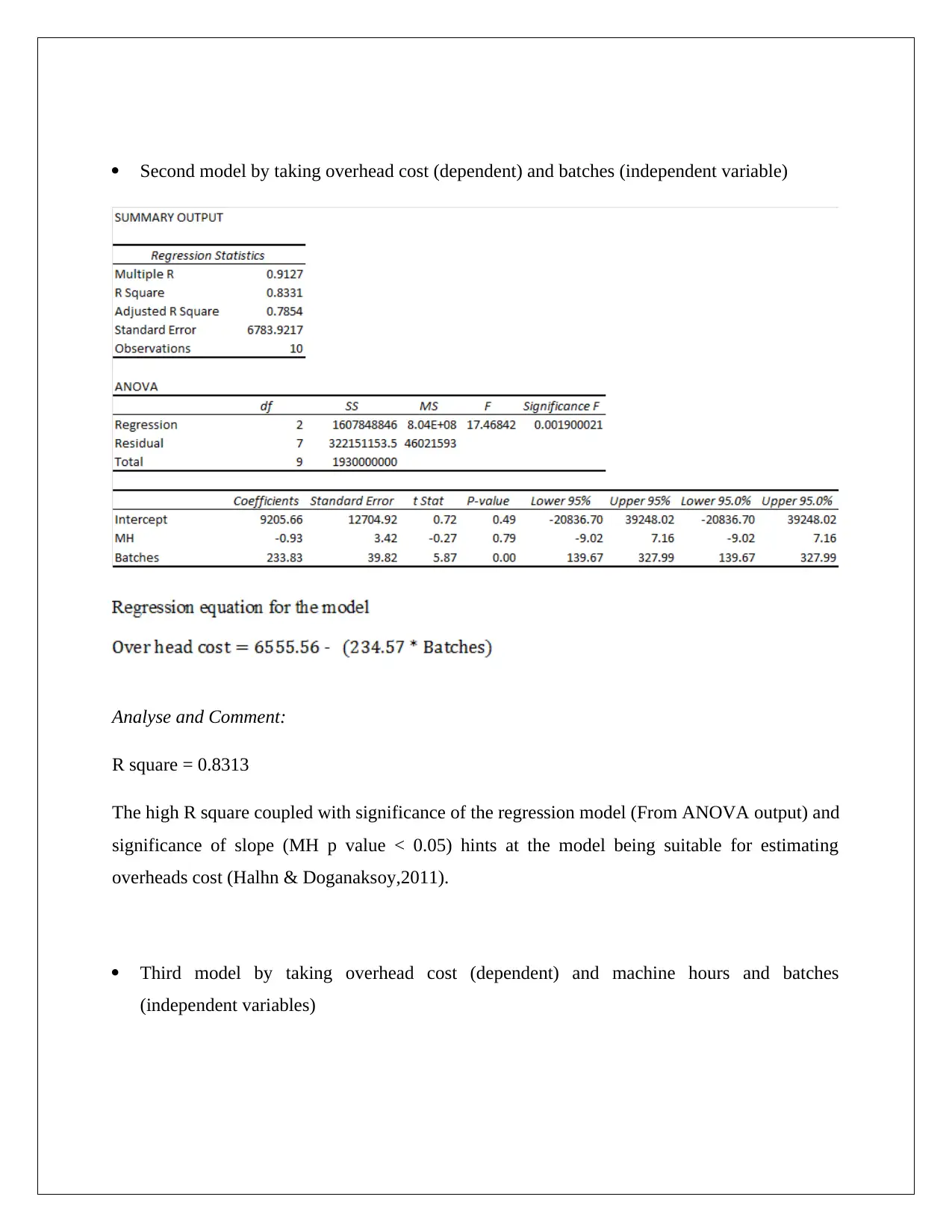






![[object Object]](/_next/static/media/star-bottom.7253800d.svg)